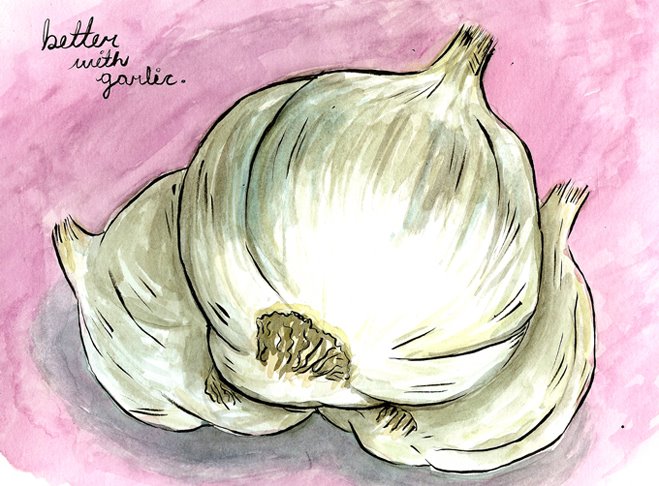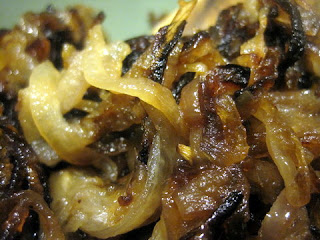Just one more. I made
these the day of my birthday and they are so easy. I may have
oversalted mine a tad, so be careful when Keller says to put the salt
in a small part of the work area. Despite a little too much salt,
they are amazing. So so amazing. I preferred the short ones to the
long ones, but deciding which is best is part of the tasty fun.
Grissini via Ad Hoc at
Home:
Makes
24 small or 12 large grissini
½ c.
warm water (110 to 115 degrees)
1 Tb.
active dry yeast
1½ c.
all-purpose flour, plus additional as needed
1/3 c.
fine semolina flour
¼ c.
freshly grated Parmigiano-Reggiano
1 tsp.
ground fleur de sel or fine sea salt
2 Tb.
olive oil, plus additional for brushing
Coarsely
ground black pepper
Combine
the water and yeast in a small bowl. Let stand for 10 minutes, then
stir until the yeast is completely dissolved.
Combine
the flours, cheese, and salt in a large bowl. Make a well in the
center of the dry ingredients. Stir the oil into the yeast mixture,
then pour into the well and mix together with a fork. Once the dough
comes together, transfer to a lightly floured board and knead, adding
a dusting of all-purpose flour as necessary. You may end up using up
to an additional ¼ cup, until a smooth dough forms. Shape the dough
into a ball and roll on the board to coat very lightly with flour.
Transfer
the dough to a medium bowl, cover with a damp towel, and let rest in
a warm place for about 15 minutes, or until it has risen slightly.
Position the oven racks in the lower and upper thirds of the oven and
preheat the oven to 400 degrees. Line two baking sheets with
parchment paper.
Turn
the dough out onto the floured work surface and, using a dough
scraper or sharp knife, cut the dough in half. Cut one half into 12
pieces for short grissini or 6 pieces for long grissini. Roll each
piece into a rope 9 inches long for short grissini or about 15 inches
long for long grissini. You can leave them round or twist or flatten
them, or a combination of the two. The thinner or flatter they are,
the crispier the result; thicker grissini may be doughier, if that is
your preference. Transfer to one of the parchment-lined baking sheets
as you form them.
Coarsely
grind a light dusting of pepper onto a section of the work surface;
it is easier to control the amount of pepper that will be rolled onto
the grissini by keeping the are small. Alternately, omit the pepper
and sprinkle the grissini with fleur de sel or seeds. I did both
pepper and salt. Lightly brush the grissini with olive oil. I used
the garlic oil I had made the day before. One at a time, roll in the
pepper and return to the parchment; grind additional pepper as
needed. Repeat with the remaining dough. The grissini can be held for
up to an hour on the baking sheets in a cool spot. Or, to hold them
longer, cover the parchment paper, wrap the baking sheets in plastic
wrap, and refrigerate for up to 6 hours.
Bake
the grissini, switching the position of the pans and rotating them
halfway through baking, until golden and crisp, 16 to 18 minutes.
Cool on the pans on a rack. Store in an airtight container for up to
1 week.
30
Before 30 was hard work and so much fun. It was difficult digging
through my fridge and cookbooks and matching things up and I loved
the challenge.
Now
back to our regularly scheduled irregular blogging.
Recipes
Complete: 32
Recipes
to Go: -2
.jpg)






















































